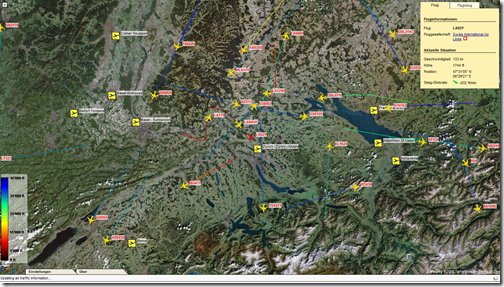 Just released FSXGET Version 0.1 Beta 2 which contains a new feature, allowing you to select display units (meters or feet) and several bugfixes. Checks for the operating system and service pack version now as well as for SimConnect installed and instances of the application already running, to give better user feedback if the application encounters a problem at startup instead of crashing with some cryptic error message.
Just released FSXGET Version 0.1 Beta 2 which contains a new feature, allowing you to select display units (meters or feet) and several bugfixes. Checks for the operating system and service pack version now as well as for SimConnect installed and instances of the application already running, to give better user feedback if the application encounters a problem at startup instead of crashing with some cryptic error message.
As always, more info and download here.




